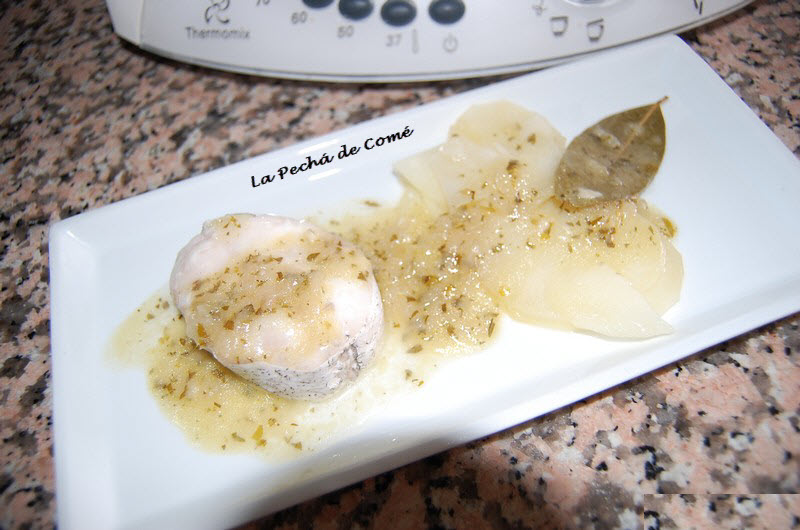
Merluza al vapor con patatas y salsa verde. por Dolsi. La receta de Thermomix<sup>®</sup> se encuentra en la categoría Pescados y mariscos en www.recetario.es, de Thermomix<sup>®</sup>

Merluza en salsa verde por Lo81. La receta de Thermomix<sup>®</sup> se encuentra en la categoría Pescados y mariscos en www.recetario.es, de Thermomix<sup>®</sup>

Merluza en salsa verde por Csants. La receta de Thermomix<sup>®</sup> se encuentra en la categoría Pescados y mariscos en www.recetario.es, de Thermomix<sup>®</sup>

MERLUZA CON GAMBAS EN SALSA DE PUERROS CON Thermomix® - Pescados y mariscos - Blog de Mª MORENO GONZALEZ AURIOLES de Thermomix® Córdoba

MERLUZA CON SALSA VERDE, ALMEJAS Y GAMBAS CON Thermomix® - Pescados y mariscos - Blog de MARIA FERNANDEZ MOLINA de Thermomix® Alicante



















